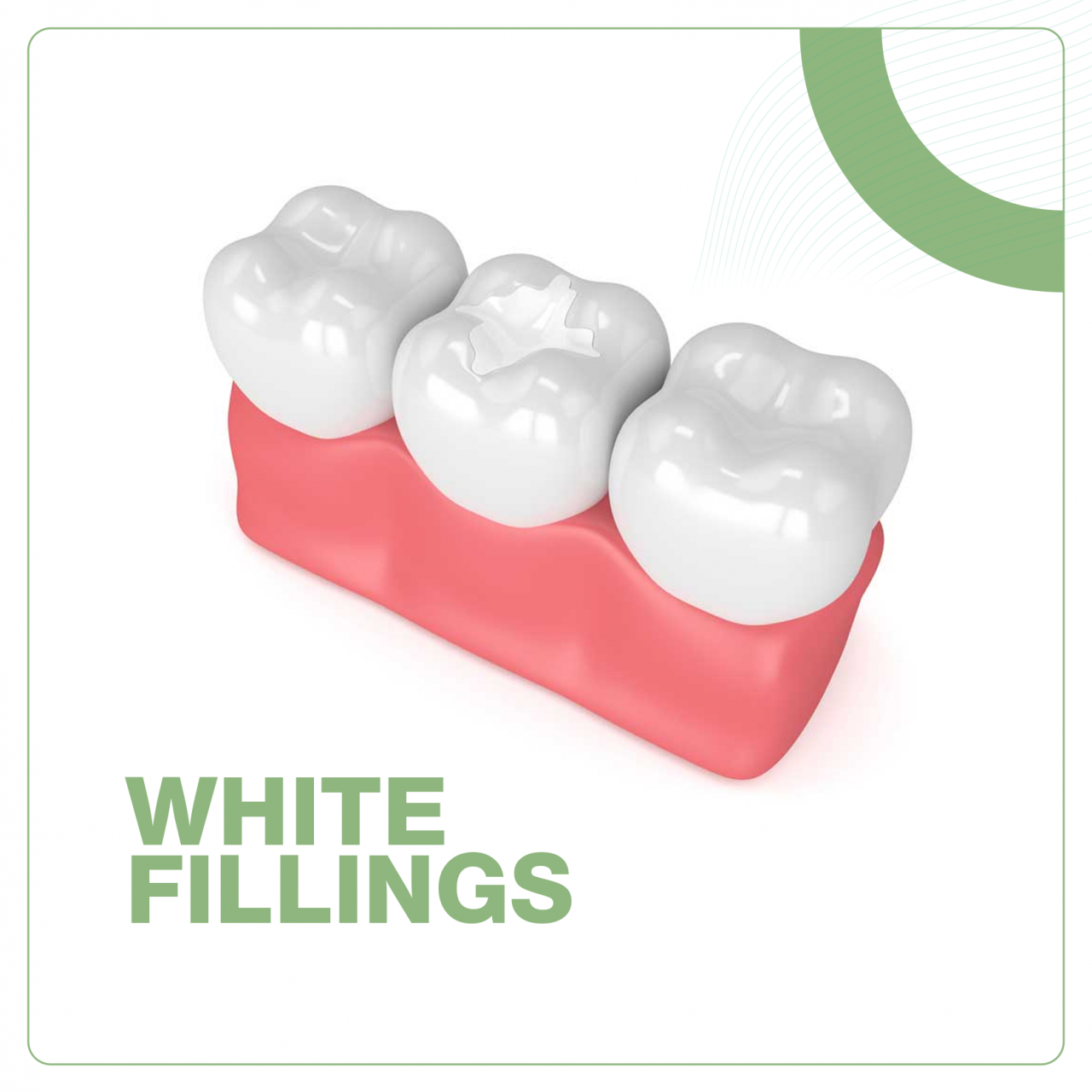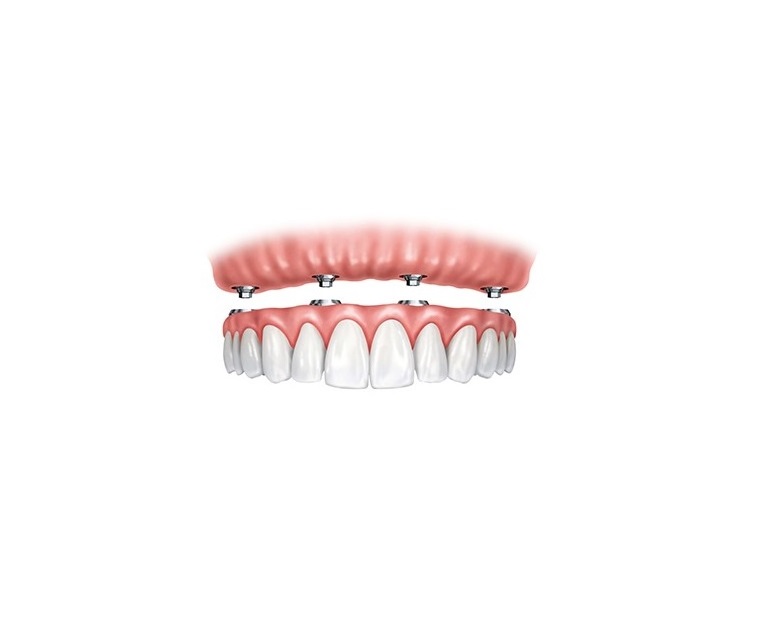
Root Canal Therapy
If the decay in a tooth becomes so severe that the cavity is at or near the nerve, root canal therapy (RCT) is often the only recourse for patients if they want to restore the failing tooth without resorting to an extraction. RCT treatment is always followed by a crown restoration to prevent further fracturing and discoloration.
A root canal is a dental procedure used to treat a tooth that has become infected or severely decayed. During the procedure, the dentist or endodontist removes the infected or damaged pulp (the soft tissue inside the tooth) and replaces it with a filling material. The tooth is then sealed to prevent further infection or decay.
A root canal is typically needed when the tooth's pulp becomes inflamed or infected, which can be caused by a variety of factors, including deep decay, repeated dental procedures, cracks or chips in the tooth, or trauma to the face. Symptoms of an infected tooth may include severe pain, sensitivity to hot and cold temperatures, swelling, and tenderness.
A root canal is generally a safe and effective procedure that can save a damaged or infected tooth and prevent the need for tooth extraction. After the procedure, it's important to practice good oral hygiene and visit your dentist regularly to maintain the health of your teeth and gums.
























